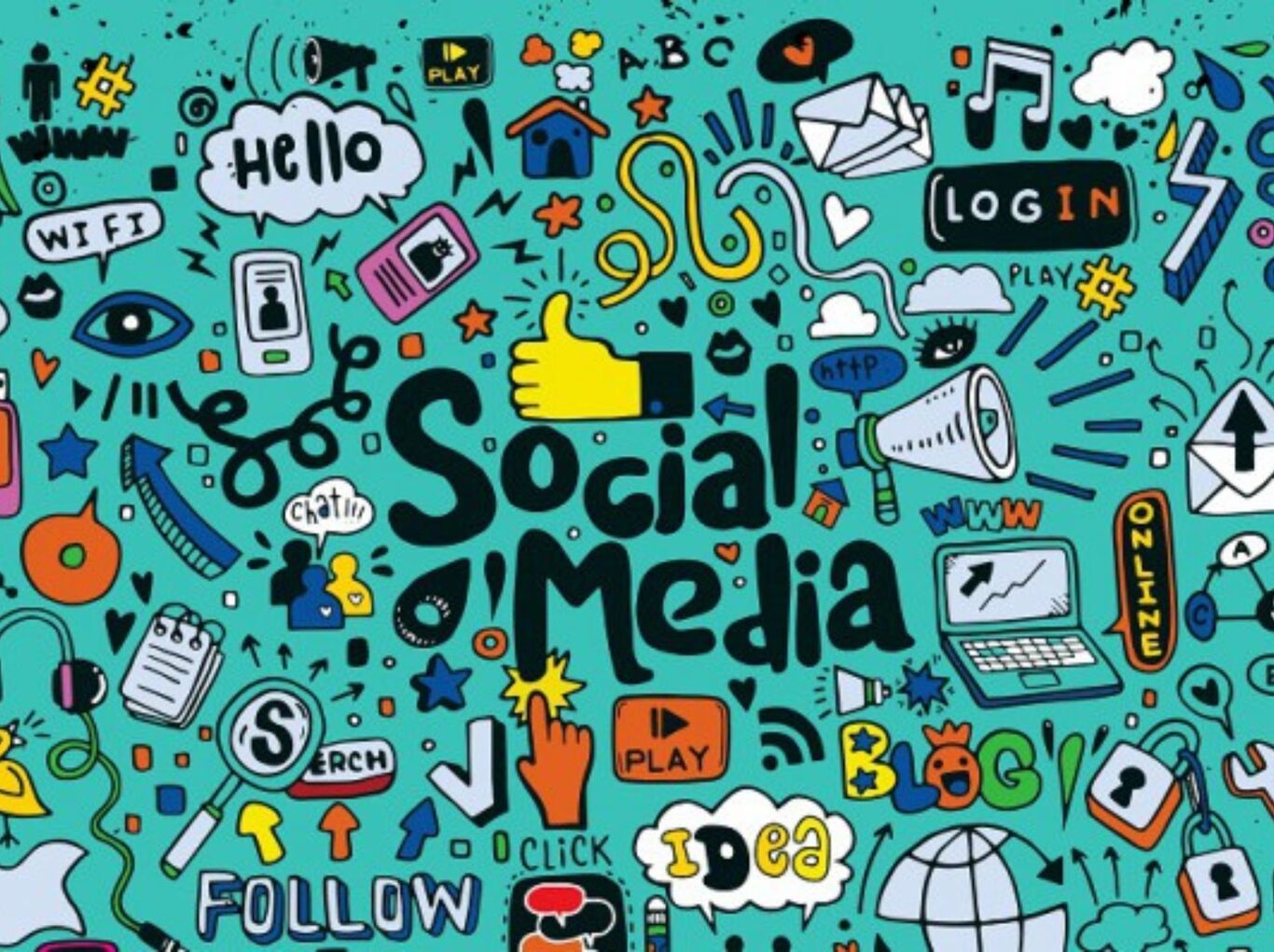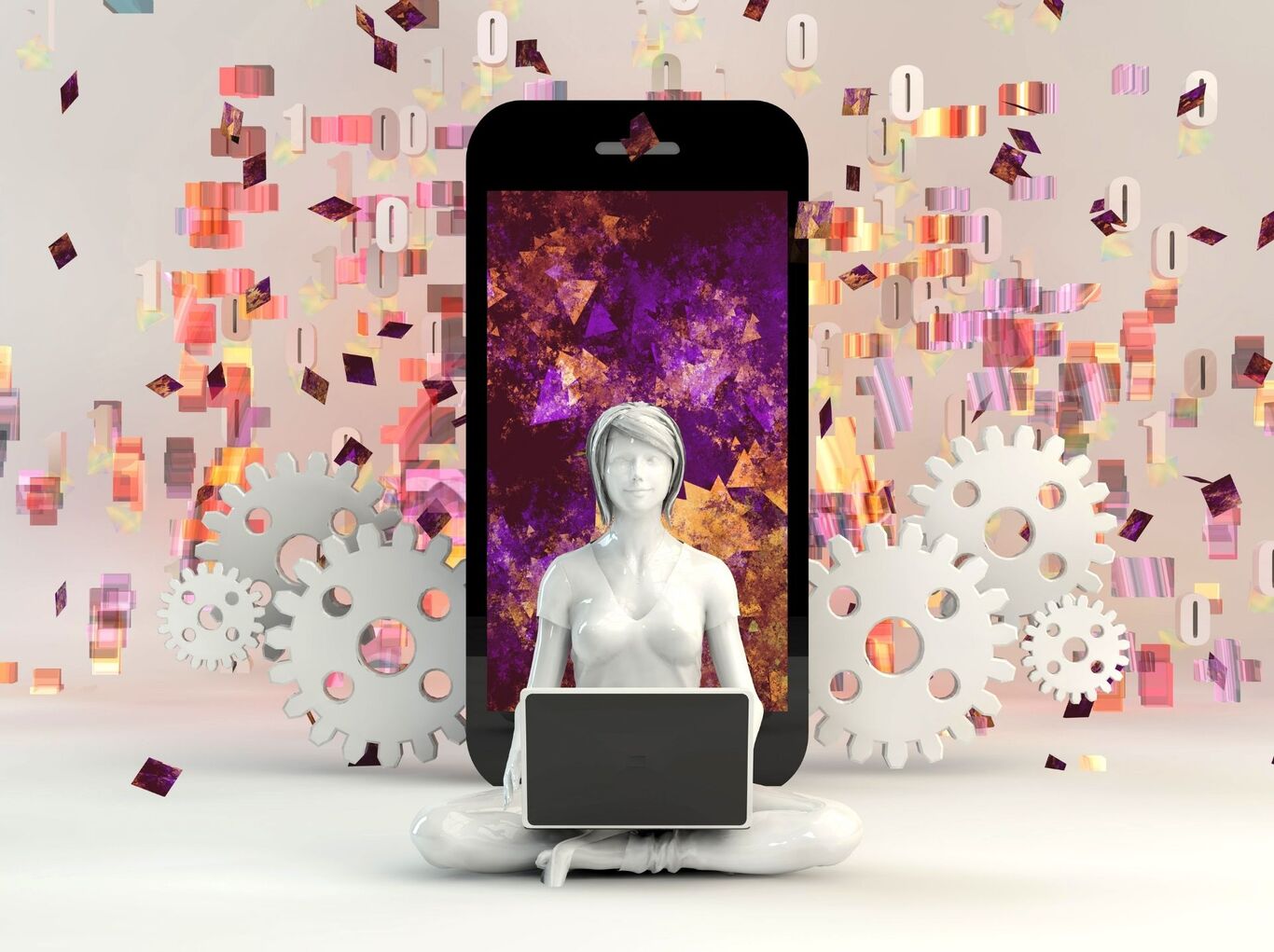How to Use CRM Systems to Manage Customer Lifecycle

Managing customer relationships is like juggling twelve balls at the same time. Every stage of the customer life cycle – from expression of interest till when they make a purchase - needs careful handling.
Enter Customer Relationship Management (CRM) systems – your ultimate partner for this tedious process. A CRM system lets you radically change the ways of managing your entire customer lifecycle. With CRM, your interaction with customers will be smoother, faster, and more fulfilling.
This blog can help small businesses and corporations learn effective CRM strategies for managing customer lifecycle better.
What is a CRM System?
CRM means Customer Relationship Management. It is a tool that helps manage a company's connections with their clients.
CRM can make it possible for small firms to automate their processes by replacing spreadsheets for tracking customers and task automation. In other words, a CRM process can consolidate all the information on your sales leads and customers in one system.
It can also group all communication for each lead and client. This can enable your team to come in with the correct information at the right time—when closing a sale. Thus, there is improved organisation, workflow, and time management with a CRM system.
What is Customer Lifecycle in Brief?
The customer life cycle is the journey of prospective customers becoming loyal one. It usually begins with them learning about a product and buying it from a brand. The customer lifecycle has five stages: reach, acquisition, conversion, retention, and loyalty.
It defines how a customer moves through the sales funnel. It gives the marketing, sales, and support teams a view of the customer's behaviour.
How to Manage Customer Lifecycle with CRM?
Customer lifecycle focuses on the customer's experience after a prospect makes a purchase. A lifecycle CRM software can help you effectively manage this period by:
Identifying Your Target Audience
-
Customer Lifecycle Stage: Reach
Before you start sales and marketing, you must define whom you want to reach. Instead of marketing to everyone, focus on a specific demographic. This will help you create content that is of value to your clients. Use your CRM to capture leads from sources like email campaigns, social media and website forms.
The best way to define your target demographic is to establish buyer personas. Personas provide all the information you need about your customers. Remember, however, that they are imaginary, and your consumers' desires may change.
Further, you must give your customers a cause to trust you before they invest in you. Publishing useful, interesting, SEO-optimized content can help with this, by boosting your company's search visibility. Customers will find you more often when they search for related topics.
Later, your business will be the first to come to their minds when they search for specific items or services. This is the foundation of the inbound marketing process.
Provide Self-service Resources
-
Customer Lifecycle Stage: Acquisition
Once a customer knows your brand and its content, take it further. Provide self-service resources that detail every aspect of your product. It will reduce their need to reach out to your customer service. It will also help them make better buying decisions.
For example, you can create a knowledge base containing information on the uses of your products and answers to FAQs. Customers want to do more of the purchasing process themselves. So, if you help them educate themselves, they will like your brand more.
Use CRM to automate follow-up emails, ensuring no lead falls through the cracks. Personalised content can help leaders make better decisions.
Provide Support Options During the Purchasing Decision
-
Customer Lifecycle Stage: Conversion
The purchase stage can be highly stressful for the customer. No one wants buyer's remorse. This fear can create a bad feeling in the customer's experience.
One way to counteract this is to provide support throughout the purchase process. For example, you can include live chat on your website that links to a support page. This lets customers quickly contact your team with questions while shopping. They can click the chat widget, ask questions, and return to their purchase without leaving the page.
You must also build a simple online ordering system. The most challenging part of buying is for the customer to write their credit card number. It may seem obvious, but the easier it is to add items to a cart, enter shipping and card info, and press "submit," the more likely a customer will make the purchase.
Personalise the Post-Purchase Experience
-
Customer Lifecycle Stage: Retention
Don't forget about your customers even after they've bought your product or services. If you do, they will likely be one-time customers.
Make the customer feel as cared for after a purchase as they are before making a purchase. Set up an automated email system that thanks the customers right after their purchase. You can also reach out after their product has shipped. This will ensure they get what they want and are happy with their purchase.
Personalising your post-purchase engagement with only a few customers each day is easy. As your customer base expands, you must scale your efforts to meet demand.
This is where marketing automation comes in. Linking it with your contacts and CRM lets you quickly access user info. You can also use CRM to create personalised content.
For example, a workflow can send customers an email every time you release a new product. This keeps you in touch with your customers and helps maintain an active relationship.
Invite Customer Reviews and Encourage Referrals
-
Customer Lifecycle Stage: Loyalty
Customers need that extra push to go above and beyond for your brand. Encourage satisfied customers to share their experiences by making it easy. Email them small surveys. Link them to your Google reviews or Yelp. Offer discounts or rewards for referring friends.
Managing the client lifecycle is vital to drive customers to your brand. Follow these steps to get the most from customer lifecycle management. To maximise your efforts, adhere to best practices at all stages.
Benefits of Using CRM Systems
At GrowthJockey, we found that implementing a CRM system is worth the effort and time. According to Salesforce[1], businesses that use CRM process see a 29% increase and 43% increase in productivity. For your business, a CRM system can help with:
-
Tracking Interactions
CRM performs several functions including recording various customer interactions. Many CRM systems now have automation features. They automate workflows, like tasks, calendars, and alerts.
-
Personalising Communication
CRM to manage personalises every interaction with your customer to their respective lifecycle stage. For instance, don't send a discount offer to an early-stage customer. Instead, you should send helpful resources that will inform your prospective buyer how your product can solve a problem they have.
-
Analysing Consumer Data
Data analytics is vital for analysing client behaviour. Since there is a lot of client data to gather, businesses utilise CRM to compile it all in one place and act accordingly.
CRM systems will include built-in analytics that can contextualise customer data. Metrics like click-through rates and demographics may show a campaign's performance.
-
Improving Customer Satisfaction
Your customers are your best source for analysing and improving their buying journey. Send out surveys to learn where they found you or their feelings about your brand.
Customers might say you need an up-to-date website. This is your cue to make it a priority for your next quarter.
Wrapping Up
Every customer moves through the five stages of the customer lifecycle at every turn. While it may appear that this is a random process, it is not.
With CRM, you can control your customer lifecycles by monitoring your performance at each stage. Use customer lifecycle management to build a loyal customer base and grow your business.
Are you unsure of how to get started with the right CRM tool? GrowthJockey is here to help take your interactions with your customers to a new level.
How to Use CRM System FAQs
1. Can a CRM system enhance the onboarding of new customers?
Yes, a CRM system improves onboarding. It automates welcome emails and gives new customers all the info they need. It also sets up tasks and reminders for the team to ensure each customer gets proper attention.
This approach ensures smooth and consistent onboarding. It helps customers feel valued and informed from the start.
2. Does CRM offer insights that can improve customer lifecycle management?
A CRM system has reporting features which offer insights into consumer behaviour, and other performance metrics like sales and trends.
These insights can inform your implementation strategies for acquisition, retention, and satisfaction. Analysing these data can help you improve your customer lifecycle management.
3. When should I invest in a CRM?
Consider a CRM platform if any of the following is true for your team's operations.
- You can no longer manage all your leads on a spreadsheet.
- You don't have a system to follow up with leads.
- There is a lack of communication between departments.
- You are unable to track the ROI of your marketing campaigns.
- Customers have been complaining about their experiences with your company.
- Your sales team is unable to track your customer lifecycle.








